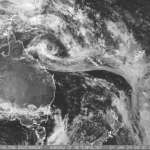A Closer Look at Oceania
Oceania Flag
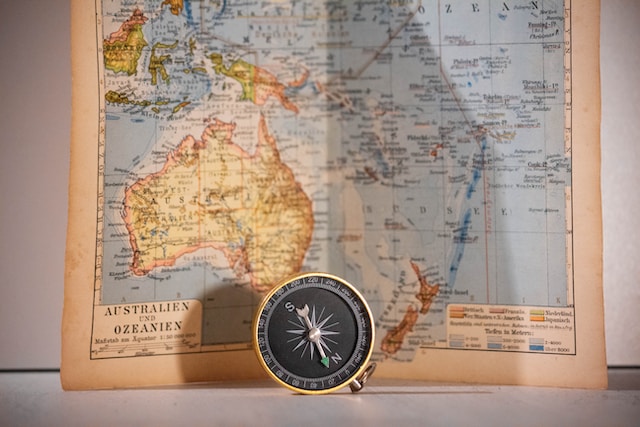
Oceania Neighbours
 Australia
Australia Fiji
Fiji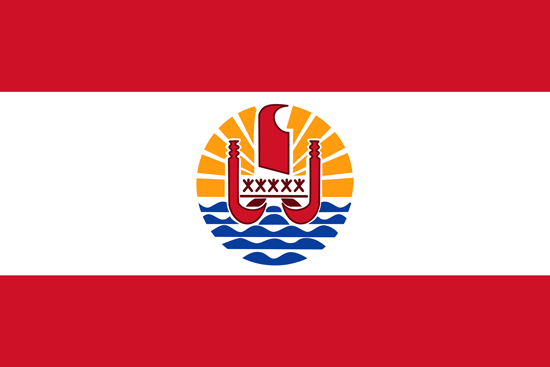 French Polynesia
French Polynesia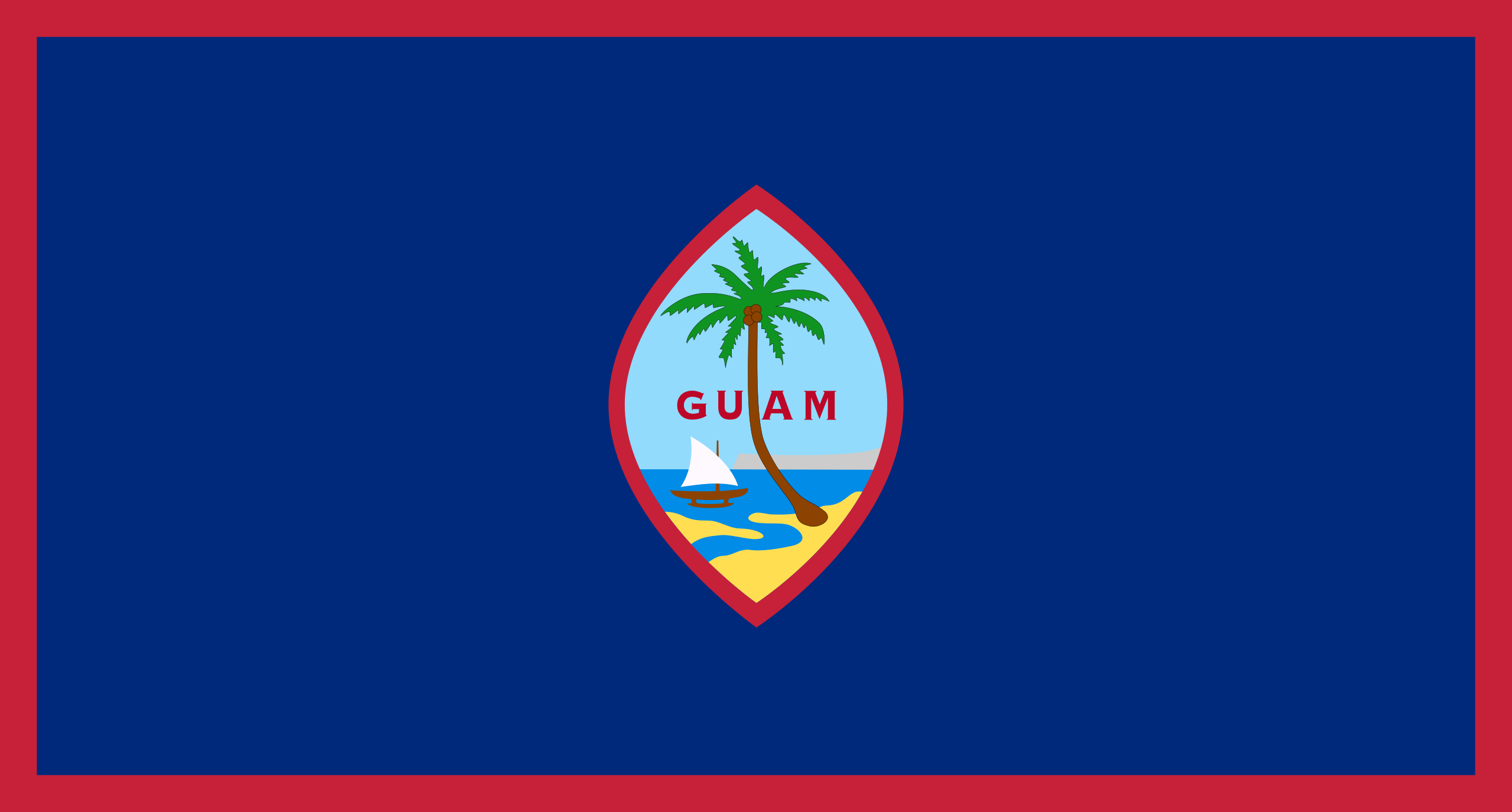 Guam
Guam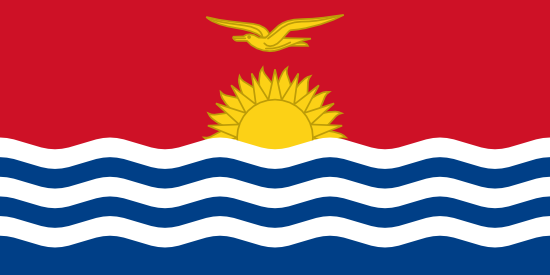 Kiribati
Kiribati Micronesia
Micronesia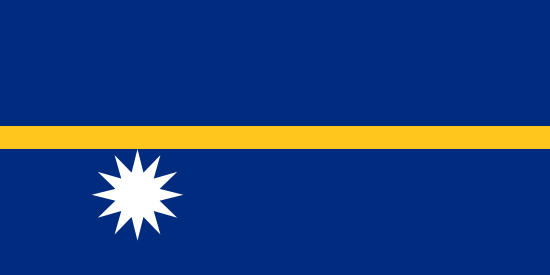 Nauru
NauruNew Caledonia
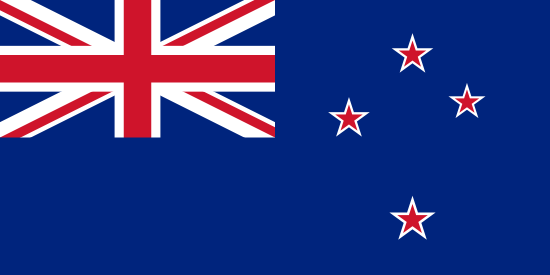 New Zealand
New Zealand Palau
Palau Papua New Guinea
Papua New Guinea Samoa
Samoa The Marshall Islands
The Marshall Islands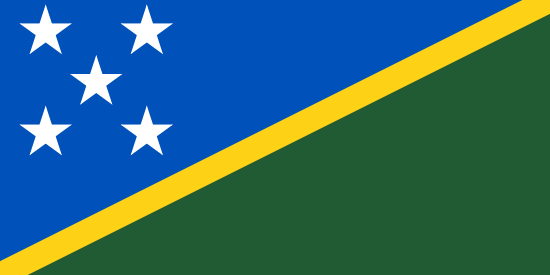 The Solomon Islands
The Solomon Islands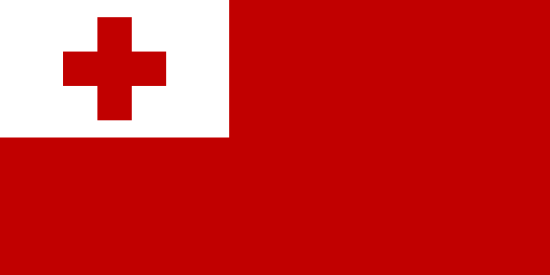 Tonga
Tonga Tuvalu
Tuvalu Vanuatu
Vanuatu
Exploring Oceania
Discover more details and learn about the upcoming festivities associated with Oceania Holidays
Origin of Oceania
Oceania is a region of the world that includes the islands of the Pacific Ocean. The region is divided into three major regions: Polynesia, Micronesia, and Melanesia. Each of these regions contain a number of different countries, territories, and dependencies scattered across the vast expanse of the Pacific Ocean. Oceania is often referred to as an 'island continent' due to its land mass being mainly composed of islands. The origin of Oceania is the subject of great debate, but many historians believe it to be the result of various migrations over thousands of years. These migrations are thought to have begun as early as 50,000 years ago, and were mainly from Southeast Asia and the islands of Taiwan and the Philippines. As people from these regions gradually spread out across the Pacific, they settled in various islands, developing distinct cultures and languages that remain today.Culture
The cultures of Oceania are distinct from other regions of the world, with many cultures still practiced in their traditional forms. Music and dancing are prevalent in many of the island cultures, with unique instruments and rhythms existing within each. There is also a variety of culinary experiences to explore across the region, with many regional specialities a testament to the region's diverse tastes. Traditionally, many of the islanders also heavily relied upon the ocean for their livelihoods, with a variety of fishing and sailing techniques still being practiced to this day. Other specific practices are also distinct to particular islands, with unique cultures and sub-cultures existing across the region.Sport
The people of Oceania have a long and storied history of playing sport, with many traditional and modern sports being popular across the region. The traditional games of batu, a game of pitoys (Volleyball) and kokopu (underwater diving) are all particularly popular, whilst more modern sports such as rugby union and football are also widely enjoyed. A number of professional teams from the region compete in a variety of sports, such as the Fiji Warriors who compete in rugby union and the Oceanic Football Confederation, who have teams from a number of countries competing in the FIFA World Cup. The Tonga national rugby union team also competes in international test matches, with the nation having produced a number of successful players over the years.Religion
Religion is an integral part of the culture of Oceania, with Christianity being the religion practiced by the majority of the population. Catholicism, Protestantism, and Methodist forms of Christianity are all popular across the islands, though there is significant religious diversity across the region. Other than Christianity, other religions are also practiced albeit on a smaller scale; traditional religions such as animism, ancestor worship, and ancestor veneration are practiced on some islands, whilst other religions such as Islam, Hinduism, and Judaism are also practiced to varying extents.Languages
Oceania is an extremely linguistically diverse region, with a vast array of languages that are distinct from those of other regions. English, Spanish, and French are the three main languages spoken across the region, with many other languages existing to varying extents, including a number of indigenous languages. In some of the smaller island countries, such as Kiribati and Tuvalu, a single language is widely spoken, with English often used as a lingua franca across the island. In Melanesia, the Papuan languages are the most prominent, with Tok Pisin being a widely used creole language.Education
Education is an important priority for the countries of Oceania, and most countries have an established school system with access to primary and secondary education. Most universities are established in the larger cities and are often open to international students wishing to further their studies in the region. As well as universities, a number of other institutions such as community colleges, teachers' colleges, and technical colleges are spread across the region, allowing students to further their studies in specific fields.Demographics
The population of Oceania is estimated at around 43 million people, spread across the approximately 8 million square kilometers of the region. The countries of Oceania are sparsely populated, with the largest nation, Papua New Guinea, having only an estimated 8.5 million people living on its land. Australia also has a significant population, with over 25 million people living in the country. The demographic make-up of the region is varied, with each region having its own unique diversity. In Melanesia for example, there are a number of ethnic groups with distinct physical features that reflect their original migratory lifestyles. In Polynesia, the Nicobarese are an ethnic group of mixed Southeast Asian and European origin, while the Pacific Islanders, Micronesians, and Polynesians are largely of mixed ethnicity.Commerce
The countries of Oceania are active participants in the global economy, with many nations having established trading relationships with other countries across the globe. The countries of Oceania export a variety of commodities, ranging from agricultural goods such as coffee, cocoa, sugar, and fruit, to manufactured goods such as cars and electronics. The regions of Polynesia, Micronesia, and Melanesia have all experienced significant economic growth in recent years, with many countries having established themselves as major players in the global economy due to their strong external trading links.Weather
The weather in Oceania is largely determined by its close proximity to the equator, with temperatures rarely falling below 20°C (68°F) and the climate typically falling within the tropical range. In most of the regions, the weather is fairly consistent throughout the year, with warm temperatures and humid conditions usually occurring. Depending on the location, some areas may experience periods of intense rainfall during the wet season, or strong winds during the monsoon season. The islands of the Pacific are also subject to strong cyclones and typhoons during the tropical season, which can bring significant destruction to the areas affected.Borders
The borders of Oceania are largely made up of water, with many countries being located far away from each other and having little in the way of physical barriers. This makes it easier for people to travel from one island country to another, though maritime laws must be taken into account when travelling in these waters. Some countries, such as New Zealand, have land borders with other nations, such as Australia. However for the majority of countries in the region, the borders are largely formed by the ocean. This includes the 200-mile-wide Exclusive Economic Zone of the countries bordering it, which delineates the boundaries of a country's marine resources and jurisdiction.Discover more details and learn about the upcoming festivities associated with Oceanina Holidays
Oceania Highest Point Name
The highest point in Oceania is Puncak Jaya in Papua New Guinea at 16,024 feet (4,884 meters). The peak of Puncak Jaya is snow-capped and is the highest point between the Himalayas and the Andes.
Oceania Official Languages
Oceania is a region with over 20 different countries, each of which has its own official language. Some of these languages include English (Australia, the Solomon Islands, Kiribati, Tuvalu, and New Zealand), French (New Caledonia, Wallis and Futuna, and French Polynesia), German (Papua New Guinea), and Tok Pisin (Papua New Guinea). Other official languages include Samoan, Tongan, Marshallese, Palauan, Fijian, Niuean, and Māori.
Oceania Ethnic Groups
Australia:
- Aboriginal and Torres Strait Islander peoples
- British
- Irish
- Chinese
- Italian
- German
- Greek
- Indian
- New Zealand Maori
- Vietnamese
- Filipino
- Indonesian
- African
- Lebanese
- Dutch
- European
- Maori
- Pacific Islanders
- Chinese
- Indian
- South East Asian
- Fijian
- Indian
- Rotuman
- Chinese
- European
- Other Pacific Islanders
- Melanesian
- Papuan
- Negrito
- Micronesian
- Polynesian
- European
- Chinese
- Australian
- Melanesian
- Polynesian
- Micronesian
- Some Papuan
- Chinese
- European
- Melanesian
- European
- Chinese
- Vietnamese
- Filipino
- Indonesian
- Other Pacific Islanders
- Marshallese
- Filipino
- Chinese
- Taiwanese
- Korean
- Japanese
- Polynesians from other Pacific Islands
- German
- Chuukese
- Pohnpeian
- Kosraean
- Yapese
- Yap Outer Islands (YOI)
- Ulithi
- Woleaian
- Nukuoro
- Kapingamarangi
- I-Kiribati
- Tuvaluan
- Banabans (from Ocean Island)
- Gilbertese
- People of European origin
- Palauan
- Filipino
- Chinese
- Asian-Pacific Islanders
- People of European origin
Oceania Religions
Australia is predominantly Christian. According to the 2016 census, 61.1% of people identified as Christian. Other religions practiced in Australia include Buddhism (2.5%), Islam (2.6%), Hinduism (1.9%), Sikhism (0.5%), and Judaism (0.4%). Indigenous Australians practice various forms of animism as well as Christianity. In New Zealand, Christianity is the most commonly practiced religion, with almost half the population (48%) identifying as Christian. Additionally, 32% of the population identify with no religion, 11.8% adhere to Hinduism, and 4.7% follow Buddhism. In Melanesia, most inhabitants are Christian, with Catholics being the dominant denomination. In Polynesia, Christianity is also the dominant religion, with the Church of Jesus Christ of Latter Day Saints being the largest in Samoa.
Oceania Total Area
The total land area of Oceania is 8,509,445.81 square miles. The country with the largest land area in Oceania is Australia, at 2,969,900 square miles.
Oceania Land Area
The land area of Oceania varies drastically. The largest country by land area is Australia, with 7,692,024 square kilometers. However, the land area of other countries in the region range from 0.2 square kilometers (Nauru) to 103,000 square kilometers (New Zealand).
Oceania Water Area
The total maritime area of Oceania is estimated to be approximately 20,622,820km^2. The countries in Oceania include Australia, New Zealand, Fiji, New Caledonia, Samoa, Guam, Kiribati, Marshall Islands, Micronesia, Nauru, Palau, Papua New Guinea, Solomon Islands, Tonga, Tuvalu and Vanuatu.
Oceania Total Population
The total population of Oceania is approximately 41.5 million people.
Oceania Currency Name
The most common currencies of Oceania are the Australian Dollar (AUD), the New Zealand Dollar (NZD), the Solomon Islands Dollar (SBD), and the Papua New Guinean Kina (PGK).
Oceania Currency Code
The currencies of each Oceania country vary depending on the country. Some common currencies used in Oceania are the Australian dollar (AUD), the New Zealand dollar (NZD), the Papua New Guinea kina (PGK), and the Solomon Islands dollar (SBD).
Oceania Currency Symbol
The currency symbol for the countries of Oceania varies depending on the country. The currency symbols for the Solomon Islands, Vanuatu, Fiji, Papua New Guinea, Samoa, Tonga, Kiribati and the Cook Islands are all SBD (Solomon Islands Dollar), VUV (Vanuatus Vatu), FJD (Fijian Dollar), PGK (Papua New Guinean Kina), WST (Samoan Tala), TOP (Tongan Paʻanga), AUD (Australian Dollar), and NZD (New Zealand Dollar) respectively.
Oceania Time Zones
- Standard Time: UTC+08:45
- Daylight Saving Time: UTC+09:30
- UTC+10:00
Australia divides the continent into three distinct time zones: Australian Eastern Standard Time (AEST), and Australian Central Standard Time (ACST), and Australian Western Standard Time (AWST). UTC+10:00, UTC+09:30 and UTC+08:00, respectively. Daylight saving is observed in all three time zones, shifting forward the clocks by one hour from the last Sunday of October through the first Sunday of April. This adjustment is an attempt to allow more daylight hours in the evening, thus reducing the reliance on artificial lighting.
How to Say "Oceania" In Different Languages?
- English
- Oceania (en-AU)
- Cook Islands Maori
- Ākarana (rar-CK)
- Fijian
- Oseania (fj-FJ)
- French
- Océanie (fr-FR)
- German
- Ozeanien (de-DE)
- Indonesian
- Oseania (id-ID)
- Japanese
- オセアニア (ja-JP)
- Gilbertese
- Otanai (gil-KI)
- Marshallese
- Okianɨaan (mh-MH)
- Maori
- Okeania (mi-NZ)
- Spanish
- Oceanía (es-NI)
- Norwegian
- Oseania (no-NO)
- Tok Pisin
- Oseania (tpi-PG)
- Tagalog
- Oseaniya (tl-PH)
- Samoan
- Okesia (sm-WS)
- Solomon Islands Pijin
- Oseania (spn-SB)
- Tongan
- Houʻeiki (to-TO)
- Tuvaluan
- Fuakava (tvl-TV)
- Bislama
- Oseania (bi-VU)
- Futuna-Aniwa
- Oseani (fud-WF)
Oceania Popular Holidays
- Yom Kippur
- 22-23 September
- Rosh Hashanah
- 1-2 October
- Palestine Day of Solidarity
- 30 Janaury
- Eid al-Fitr
- 23-24 May
- Australia Day
- 26 January
- Waitangi Day
- 6 February
- Hobart Regatta Day
- 7 February
- Valentine's Day
- 14 February
- Adelaide Fringe Festival
- 17 February (18 March)
- Mawson's Hike
- 20 February
- Southern Cross Festival
- 10 March
- Youth Day
- 12 March
- Holi Festival
- 13 March
- Hobart Cup Day
- 13 March
- Adelaide's Festival of Arts
- 14 March
- St Patrick’s Day
- 17 March
- Harmony Day
- 23 March
- Good Friday
- 2 April
- Easter Sunday
- 4 April
- Easter Monday
- 5 April
- Vaisakhi
- 13 April
- Australia's Got Talent Finals
- 16 April
- Somoa Flag Day
- 17 April
- London Marathon
- 22 April
- Harvest Day
- 23 April
- Anzac Day
- 25 April
- Fronteir Day
- 30 April
- Labor Day
- 1 May
- Coconut Day
- 4 May
- Mother’s Day
- 9 May
- Queen's Birthday Picnic
- 13 May
- National Sorry Day
- 26 May
- National Day of Reconciliation
- 27 May
- National Black Dog Day
- 31 May
- Samoa Independence Day
- 1 June
- King’s Birthday
- 1 June
- Tonga Independence Day
- 4 June
- TSO Gala Performance
- 4 June
- Western Australia Day
- 6 June
- Sydney Film Festival
- 7 June
- Queen’s Birthday
- 8 June
- Turnsole Day
- 9 June
- Winter Solstice
- 22 June
- Gold Coast Marathon
- 3 July
- Supercars Townsville 400
- 7 July
- Solomon Islands Independence Day
- 7 July
- Kiribati Constitution Day
- 12 July
- Endeavour Day
- 13 July
- Bastille Day/French National Day
- 14 July
- Father’s Day
- 6 August
- Melbourne International Film Festival
- 8 August
- Hawaii Statehood Day
- 18 August
- Papua New Guinea Independence Day
- 16 September
- New Caledonia Flag Day
- 24 September
- Kings Cup
- 28 September
- Fiji Day
- 10 October
- Father's Day Rugby League Test match
- 11 October
- Australian Whisky Awards
- 20 October
- Uluru Day
- 26 October
- Halloween
- 31 October
- Guy Fawkes Day
- 5 November
- Melbourne Cup
- 7 November
- Remembrance Day
- 11 November
- Diwali
- 14 November
- Victory Day
- 9 December
- Australia’s Human Rights Day
- 10 December
- Australia and New Zealand Test Match
- 11 December
- His Majesty’s Birthday
- 17 December
- Civil Union Day
- 19 December
- Christmas Day
- 25 December
- Sydney to Hobart
- 26 December
- Boxing Day
- 26 December
















